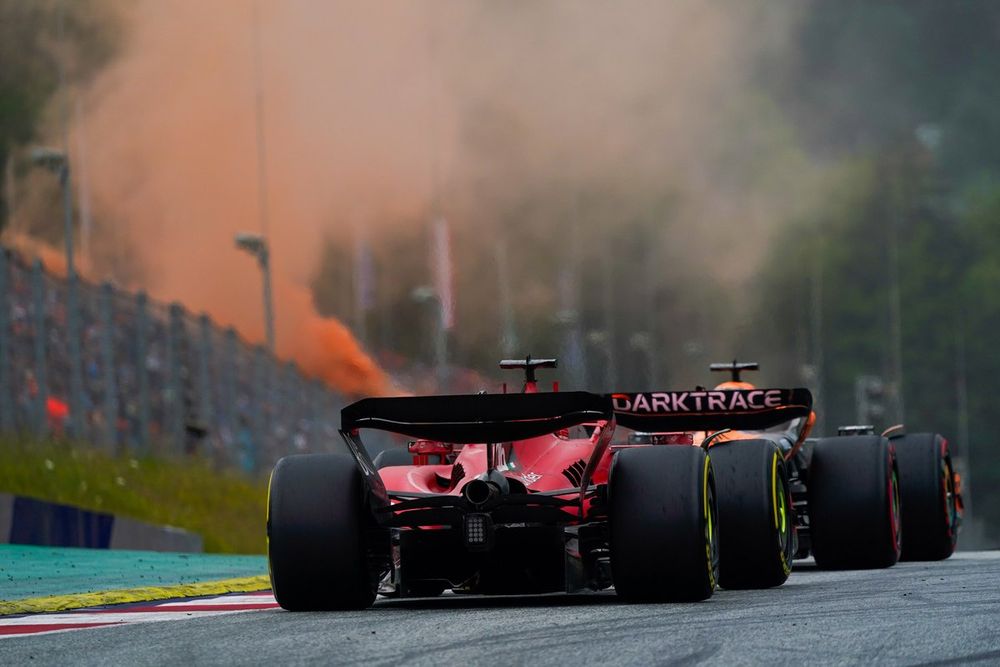
Red Bull’s Christian Horner has suggested that the 50% electrical contribution is too big, and that his team’s early simulations suggest that drivers will have to change down on the straight, while Max Verstappen has called the situation "weird."
Vasseur says that it’s difficult for anyone to produce accurate speed trace figures because the chassis and tyre rules for 2026 have not yet been fixed, so teams cannot properly factor in the impact of drag and so on.
However, he says that the subject should be properly studied and a call made on whether or not the 2026 power unit regs should be tweaked.
"We are supposed to have a working group to be all on the same page about what could be the outcome of the current regulations,” said Vasseur.
“We have to make some assumptions, because it's not really clear about the tyre grip, aero downforce, drag. You can do whatever you want today, if you say that the grip of the tyres is decreasing by 30%.
“It means that we have to agree on the strategy. Probably the path of the regulation is going into the direction to keep the same size of the tyres, to do this, to do that, and to have a working group saying that plus or minus 5% that the speed trace will be this one.
“Today, we are not there. For me, it's quite early stage to draw a conclusion when we are not able to have the same vision of what could be the speed trace."

He added: "A good solution, again, is to first to agree on something, to make some assumptions. Let's say that we keep the size of the current tyres, we keep the DRS, we have downforce more or less similar to today, where we are.
“And then what we have to change to try to improve the show, not to start on the opposite, to complain before we do the exercise."
Asked if he thought that it was too late to change the power unit regulations, he said: "No, we have time to fine tune them.
“First, I think the most important thing is to agree on what could be this speed trace plus or minus 10%. And then if we are worried about the fact that we would have to lift off too early and so on, to change something, I think marginally we can change."
Vasseur suggested that only a small change in the balance between ICE and electrical power could make a difference.
"On our side, we are at the early stage of this and it's a three-year programme that it's far enough early to make a small change,” he said.
“And I think honestly the impact on the speed trace of plus or minus 5% of energy coming from ICE is mega. We don't need to come back to 20%."
Vasseur insists that the sport should remain committed to hybrid power, despite the introduction of sustainable fuels making combustion engines greener.
“It's a discussion that the big bosses of the OEMs had one year ago or two years ago in Monza,” he said.
“I think we are following also the path of the industry, they are going more and more on the hybrid with a high level of electricity, and we are taking this direction.”







